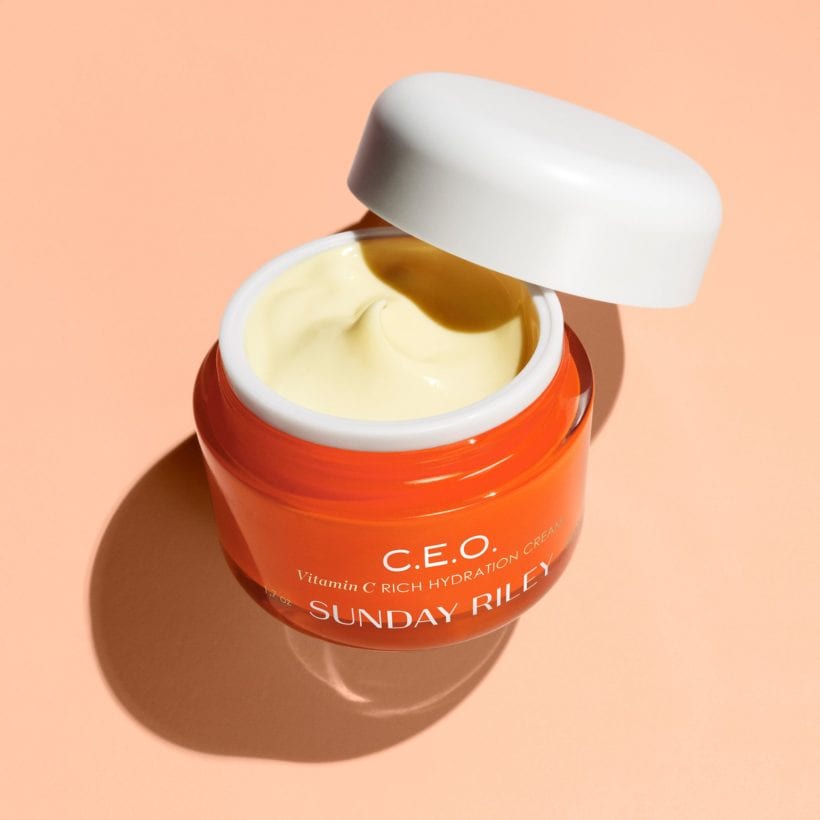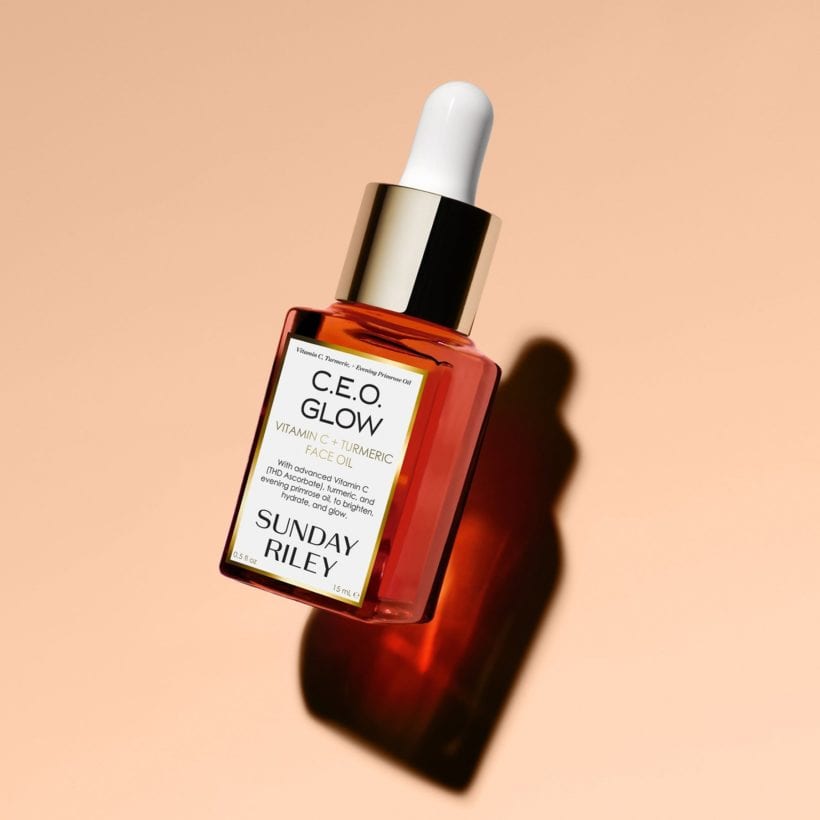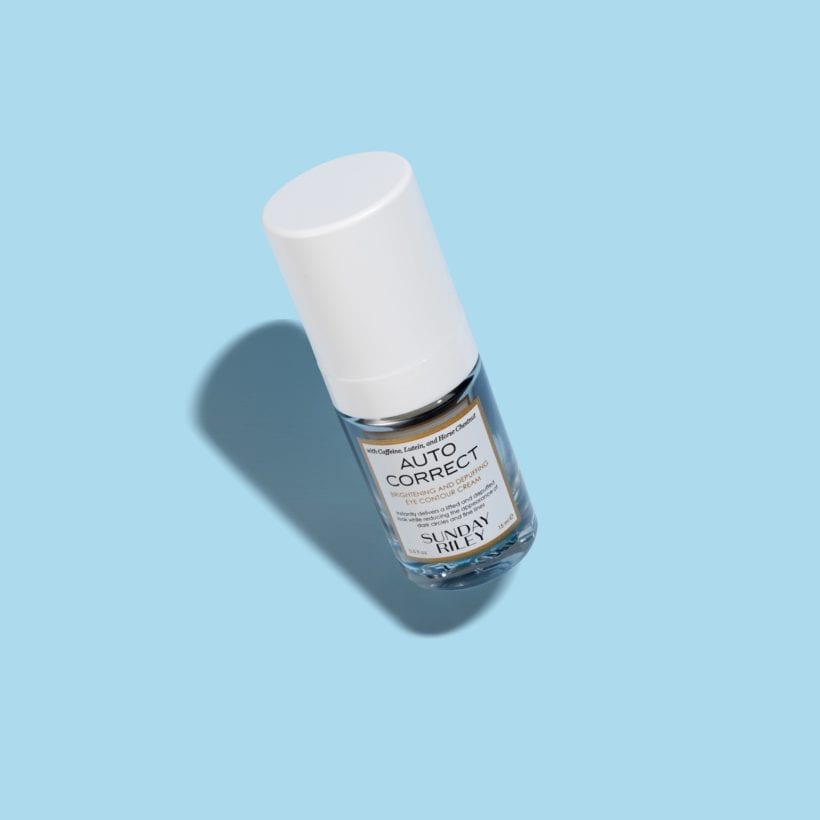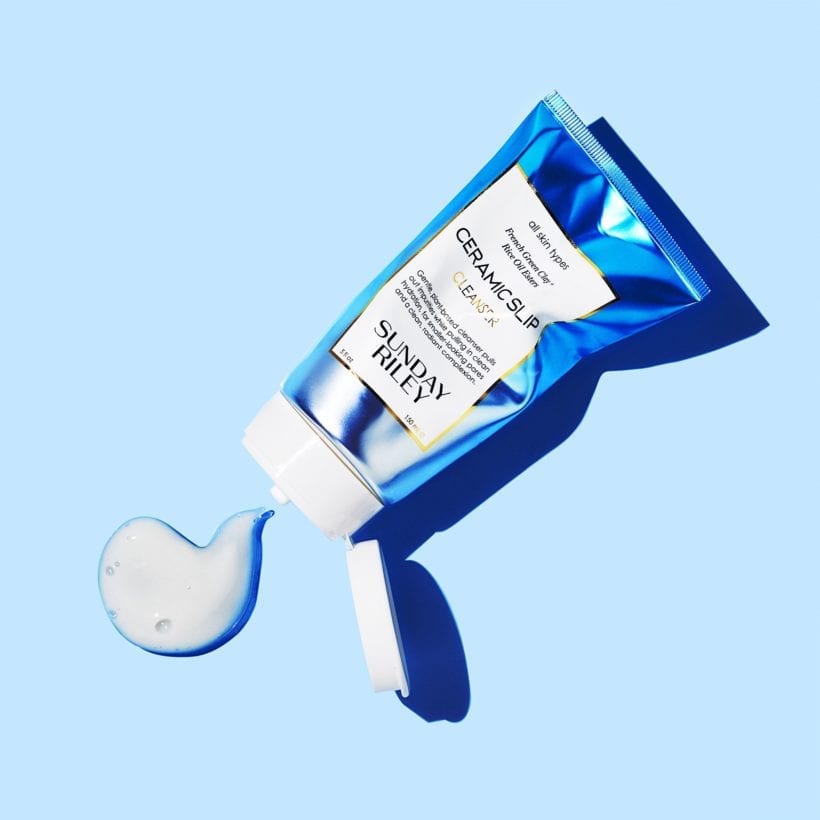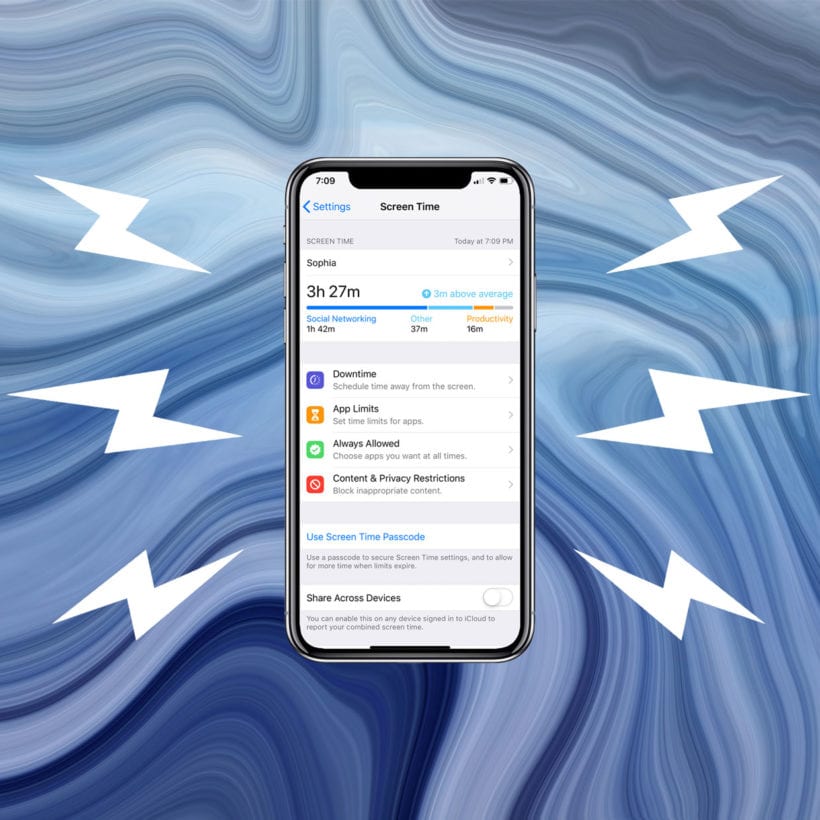Could your fancy tech job or secret smartphone addiction be aging you? Research suggests there could be a dark side to your dream gig, social platform, or app if it means staring at a screen all day.
“Blue light exposure leads to the production of reactive oxygen species that can directly damage human DNA. It also contributes to the photodamage on proteins (such as collagen and elastin), leading to deeper lines and wrinkles,” explains Julie Russak, MD, FAAD, a board-certified dermatologist and founder of the Russak Dermatology Clinic in New York.
Read on to learn more about the different ways your tech habit could be affecting your skin and how to protect yourself from future damage.
Aggressor: Blue Light
Effect: As alluded to above, Rusak warns that blue light exposure from screens causes direct photodamage to the skin, resulting in brown discoloration and an increase in the appearance of fine lines. “It also has indirect effects, such as decreasing and disrupting REM sleep cycles, which can cause inflammation and therefore increase proinflammatory markers, resulting in a breakdown of collagen and increased appearance of fine lines and wrinkles,” she explains.
Solution: To decrease the effects of blue light from screen exposure, Dr. Russak advises patients to apply sunscreen that has a blue light filter in it every morning, regardless of whether they go outside or not. “Patients with melasma are severely affected by the exposure to blue light and therefore have to be even more conscious about spending excessive time in front of the computer, in addition to using ingredients that decrease pigment production (such as tranexamic acid),” she cautions. Dr. Russak also recommends the daily use of antioxidants, such as vitamin C, to help reverse the effects of photoaging, along with blue light protection glasses for safeguarding sensitive skin around the eyes.
Aggressor: Small Devices
Effect: It’s no secret that muscle contraction can increase the appearance and depth of wrinkles, which means that, while convenient, those pocket-sized smartphones and other devices aren’t doing your skin any favors. That’s especially true when it comes to the thin and delicate area around those peepers.
Solution: To help combat creasing and dreaded crow’s feet, opt for a larger device whenever possible (especially when you plan to use it for a long period of time that requires more focus). You can also try increasing your text size or zooming in to help eliminate the strain on the skin and eyes. “Wear glasses for added protection, also being mindful of your posture to avoid so-called tech neck,” adds Dr. Russak.
Aggressor: Dirty Keyboards
Effect: One study of 25 mobile phones found 92 percent contaminated with bacteria, with others suggesting tech devices can harbor more germs than a toilet seat (eek!). “Accumulation of staph and other bacteria on touchpads and keyboards can cause acne breakouts and folliculitis if-then deposited on the skin by simple scratching or rubbing of the chin,” cautions Dr. Russak.
Solution: To keep bacteria at bay, you’ll want to clean your face and sanitize devices down with a screen-safe wipe every morning and again at the end of the day, being sure to wash hands regularly and avoiding touching your face as much as possible throughout the day. “Using UVC light at the end of the day is another easy way to keep devices sterile,” says Dr. Russak.
Aggressor: Screen Time
Effect: Last but certainly not least, getting caught up in tech devices for too many hours can lead to ignoring other aspects of a healthy routine. Or, as Dr. Russak points out, “sometimes it’s four hours that just go down the black hole.”
Solution: While Dr. Russak notes that routine can vary based on age or individual needs, proper nutrition and rest are non-negotiable. “Stay hydrated, focus on a healthy, low-inflammatory diet (eliminating gluten, sugar, dairy, preservatives, and so on where possible), and try to get eight hours of sleep.” Keeping devices out of bed will help with distractions and keep additional germs off of your sheets, which can then, in turn, make their way back to the skin as part of the ongoing tech-skin germ cycle!


